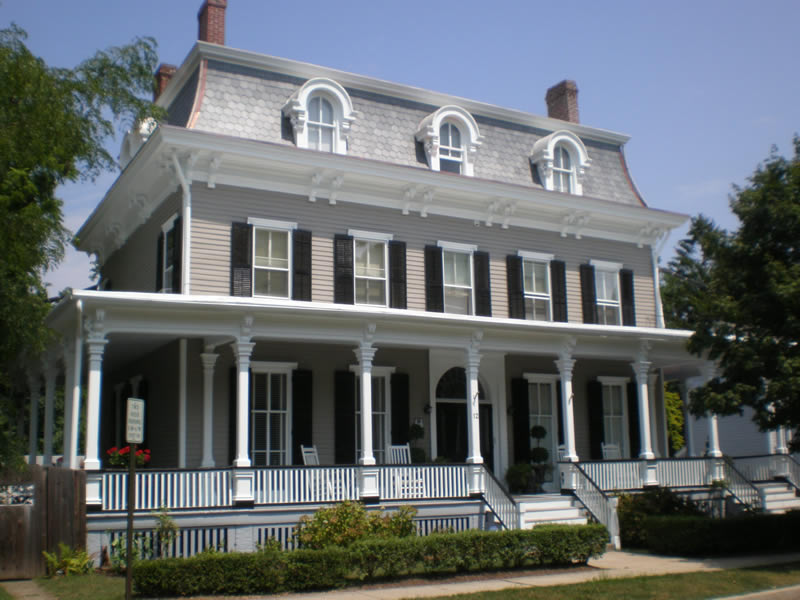Choosing the perfect siding color for your home is an essential decision that can impact its curb appeal, value, and overall aesthetic. With a wide range of color options, materials, and styles available, it’s crucial to make an informed choice that suits your needs and preferences. This guide provides key factors to consider when selecting the ideal siding color for your home.
To begin, assess your home’s architectural style and historical context. Different styles have particular color palettes, and adhering to these guidelines can enhance your home’s authenticity and appeal. For instance, Victorian homes often feature bold, contrasting colors, while Craftsman-style homes lean towards earthy, natural tones. Understanding your home’s architectural style and historical context can help narrow down your color options and ensure a harmonious aesthetic.

The size and scale of your home should also influence your siding color choice. Lighter colors can make a small home appear larger, while darker shades can add depth and dimension to a larger structure. Keeping this in mind as you browse through color options and consider your home’s overall proportions can ensure that your siding color choice accentuates your home’s size and style.
Observe the surrounding homes’ siding colors in your neighborhood before choosing a color. Choosing a color that complements the neighborhood’s aesthetic will enhance the harmony and appeal of the area. Additionally, be sure to review any homeowners’ association guidelines on acceptable siding colors and materials if applicable. This can help ensure that your siding color choice aligns with your community’s standards and guidelines.
Climate is another essential factor to consider when choosing your siding color. Lighter colors reflect sunlight and heat, keeping your home cooler in warm climates. Darker shades absorb heat and can help maintain a warmer interior in colder regions. Considering the energy efficiency implications of your siding color choice, as well as how it will impact your home’s interior comfort, can help you make a sustainable and practical choice.
Your siding should complement your roof color as the two elements can have a significant visual impact when viewed together. If your roof is a neutral color like black, gray, or brown, you have more freedom to choose a bold siding color. However, if your roof features more vibrant hues, opt for a siding color that complements or contrasts with it, without clashing or competing for attention. This can help create a cohesive and visually appealing effect.
Take into account your home’s surrounding landscape and exterior features when selecting a siding color. A color that complements the natural environment, such as greens, blues, or earth tones, can create a harmonious, visually appealing effect. Additionally, consider any prominent exterior features, such as brick or stonework, and choose a siding color that coordinates with these elements. This can help create a unified and aesthetically pleasing exterior.
Siding materials come in various colors and textures, which can influence your final decision. Vinyl siding offers a wide array of color choices and requires minimal maintenance, while fiber cement siding provides a more natural, wood-like appearance. Wood siding can be stained or painted to achieve the desired color, but it requires more upkeep than other materials. Assessing the pros and cons of each material and how they align with your color preferences and maintenance expectations can help you make an informed choice that suits your lifestyle and budget.
Consider the longevity and maintenance requirements of your chosen siding color. Some colors may fade or become discolored more quickly than others, requiring more frequent touch-ups or replacements. Additionally, lighter colors may show dirt and grime more readily than darker shades, necessitating more frequent cleanings. Balancing your desire for a particular color with the maintenance expectations that come with it can help you make a practical and sustainable choice.
In conclusion, taking the time to consider these factors and making an informed decision can ensure that your siding color choice enhances your home’s curb appeal, value, and overall aesthetic.

